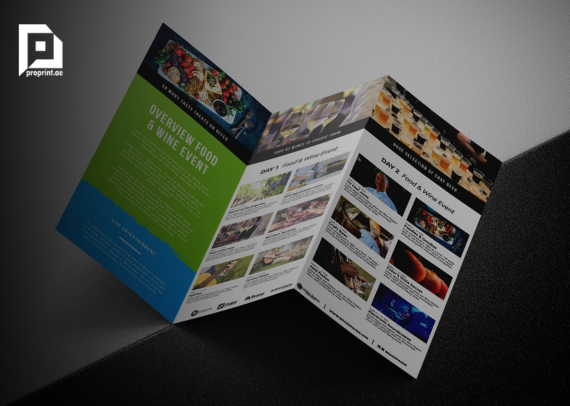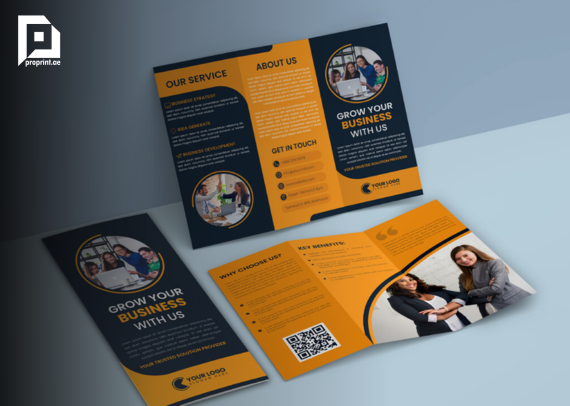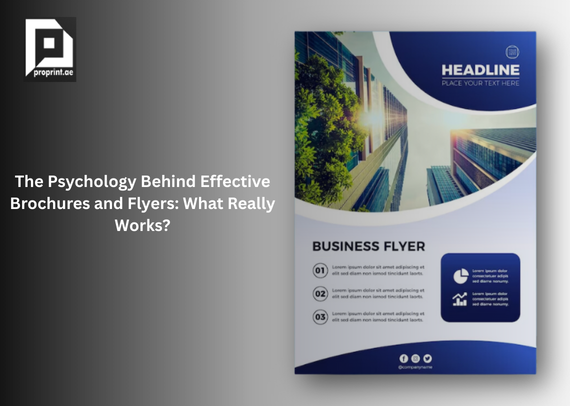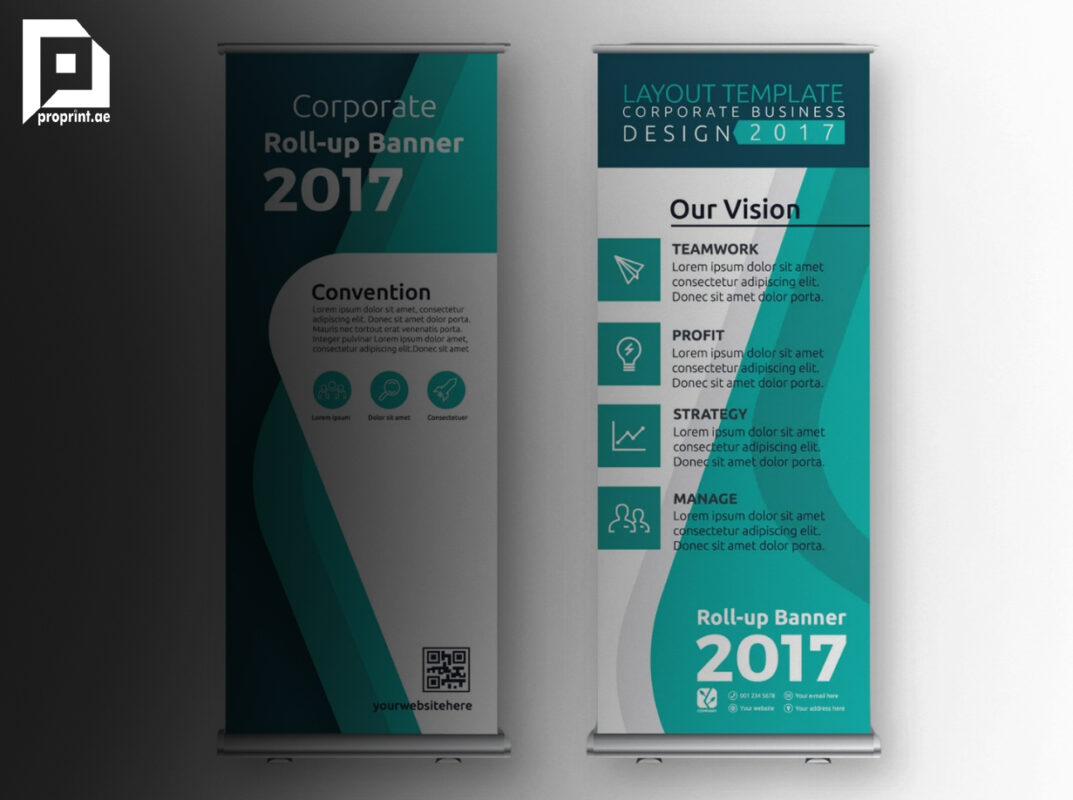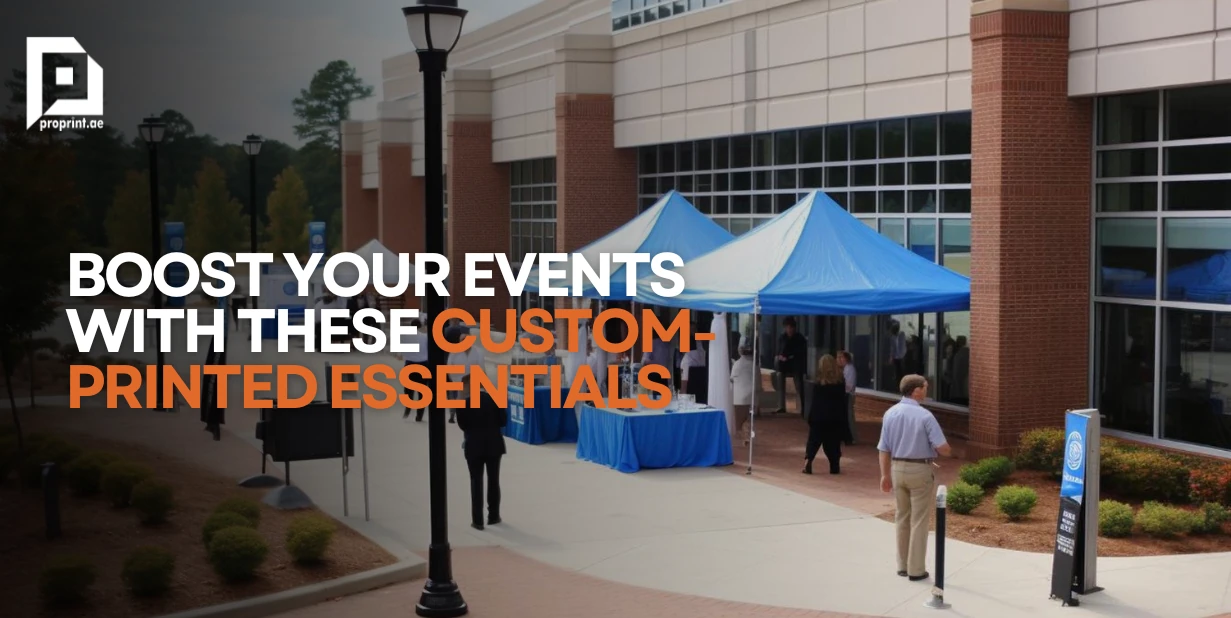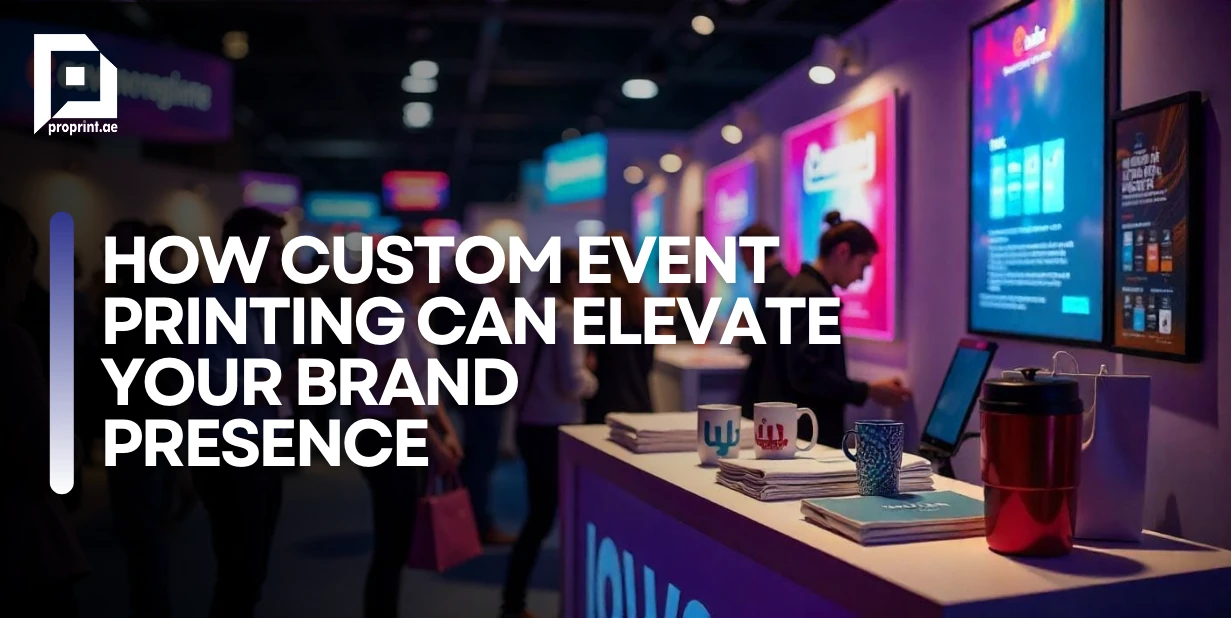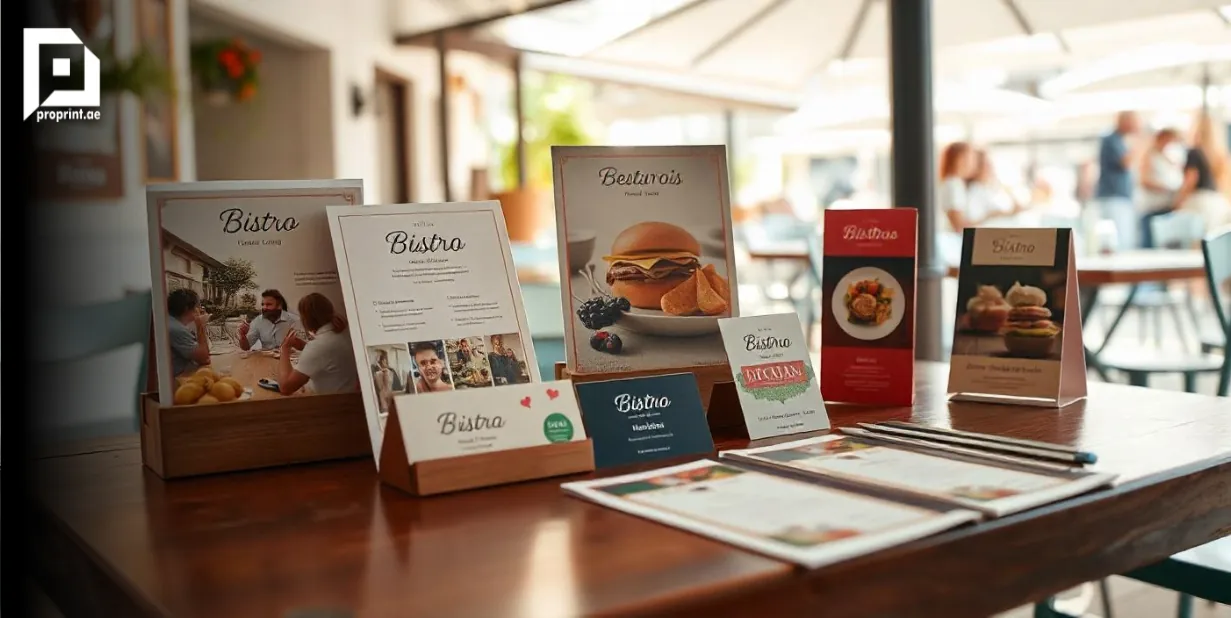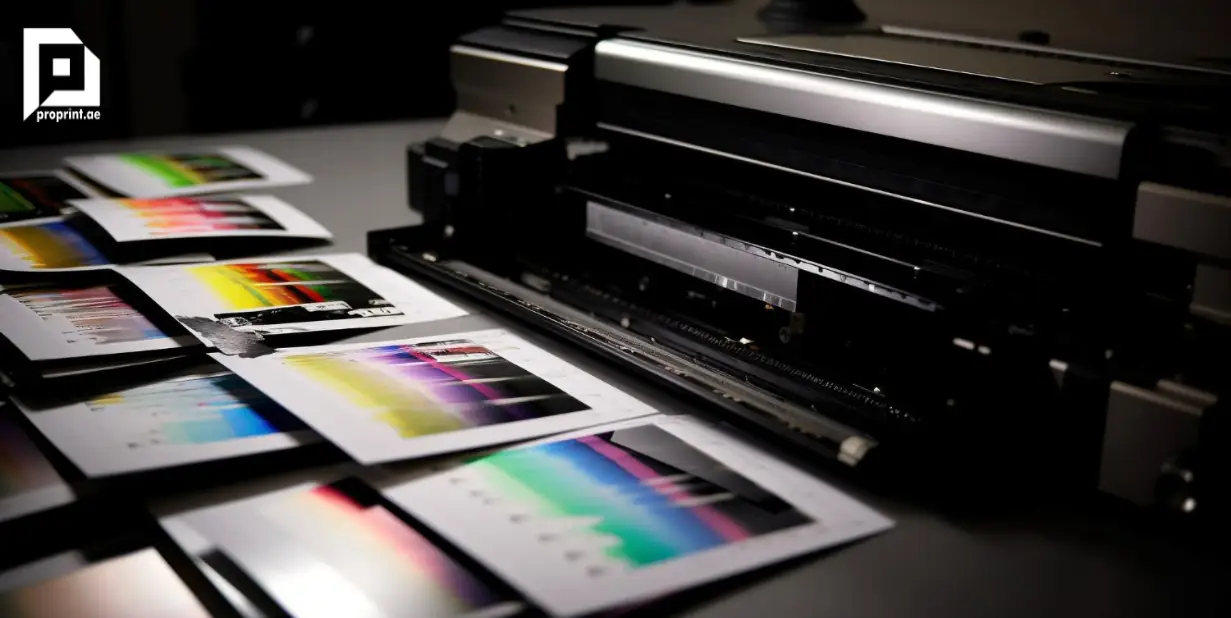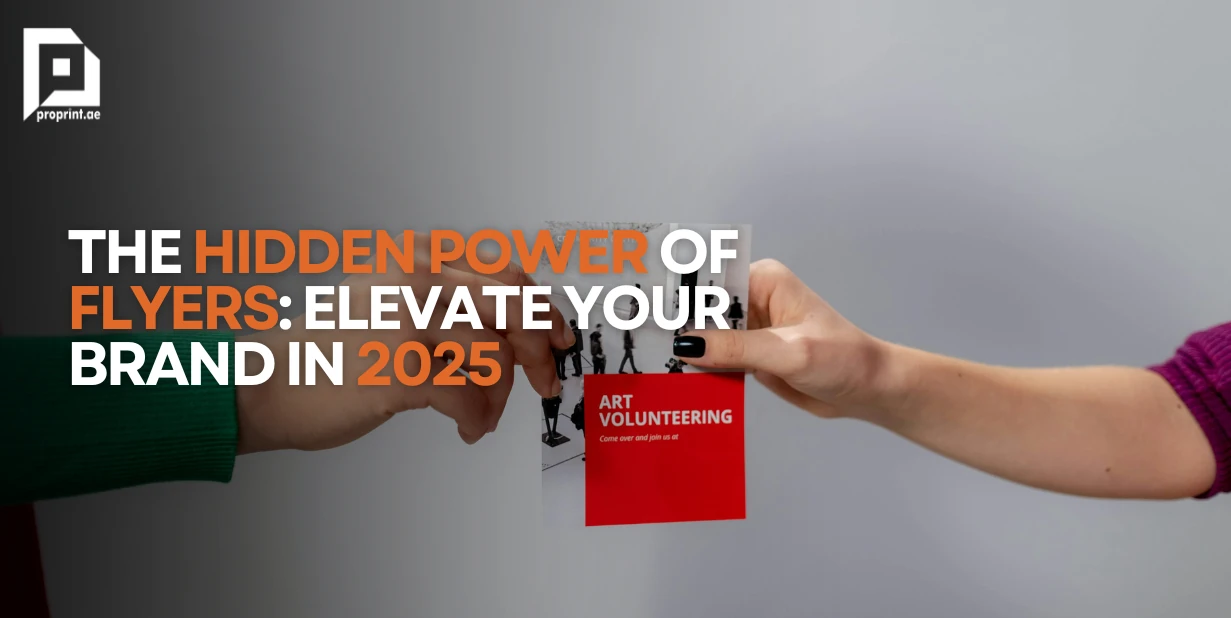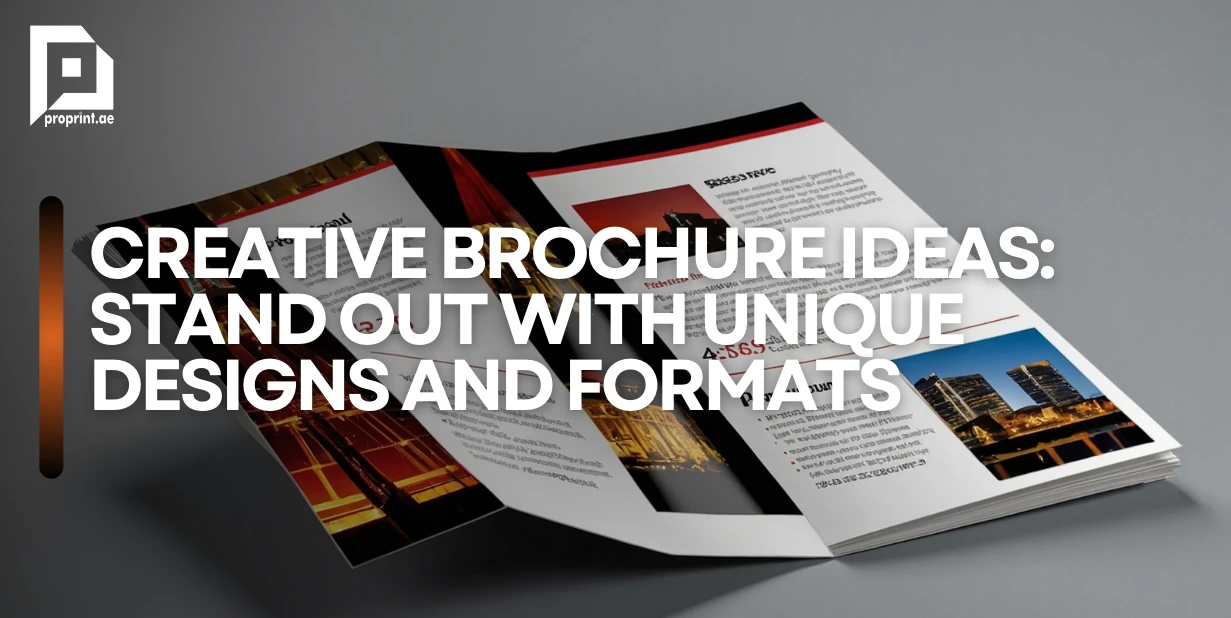How to Distribute Brochures and Flyers for Maximum Impact in 2025

In a world dominated by digital marketing, printed materials still hold a special power. Brochures and Flyers remain a cost-effective, tangible way to communicate your message, especially when distributed strategically. In 2025, the challenge is no longer just about designing beautiful print materials — it’s about getting them into the right hands at the right time.
Here’s how to distribute brochures and flyers for maximum impact in the modern marketing landscape.
1. Start with a Clear Objective
Before you even think about distribution, clarify your goal. Are you trying to:
- Promote a limited-time offer?
- Introduce a new product or service?
- Drive traffic to your store or website?
- Build brand awareness in a specific area?
Your objective determines where and how you distribute your materials. For example, a restaurant launching a lunch menu might target nearby offices, while a real estate agency could focus on local community centers or events.
2. Identify Your Target Audience and Locations
Gone are the days of random handouts. In 2025, precision targeting is key. Identify:
- Demographics: Age, profession, income level, and interests.
- Geographic Locations: Specific neighborhoods, business districts, or event venues.
- Behavioral Insights: Where your audience spends time offline.
For example, if you sell fitness gear, distribute your flyers near gyms, yoga studios, and sports complexes. A business that offers tutoring services might focus on schools, libraries, and educational fairs.
3. Combine Physical and Digital Strategies
The most successful campaigns now merge print with digital. When distributing Brochures and Flyers, add elements like:
- QR Codes: Link directly to your landing page, online store, or video.
- Discount Codes: Encourage immediate action by offering an exclusive deal.
- Social Media Handles: Invite readers to follow you for updates and offers.
This bridge between offline and online ensures your brochure isn’t just a one-time read — it becomes a gateway to ongoing engagement.
4. Leverage Events and Trade Shows
Events remain one of the most effective distribution channels in 2025. Whether it’s a local festival, trade show, or industry conference, you’ll find audiences in a receptive mindset.
Tips for event distribution:
- Hand out brochures as part of a welcome pack.
- Place them at high-traffic areas like registration desks and refreshment zones.
- Pair them with a small giveaway to increase retention.
Events work because attendees are already seeking information and connections — making them more likely to read and keep your materials.
5. Partner with Local Businesses
Cross-promotion is a smart way to extend your reach. Partner with businesses that serve a similar audience but aren’t direct competitors.
Examples:
- A spa can leave brochures at a nearby salon.
- A home renovation company can place flyers in a furniture store.
- A catering service can collaborate with event planners.
These partnerships help you tap into an audience that’s already warm to related services.
6. Use Door-to-Door and Direct Mail — But Smarter
While door-to-door and direct mail have been around for decades, they’re more effective when paired with data insights. In 2025, you can use demographic mapping tools to target only households most likely to be interested in your offer.
Best practices:
- Keep the message short and visually engaging.
- Include a clear call to action (CTA).
- Avoid generic “Dear Customer” — personalize where possible.
Direct mail still boasts high open rates, and physical materials often sit on countertops longer than a digital ad stays on a screen.
7. Engage in Street-Level Marketing
Street-level marketing — handing out flyers in busy pedestrian zones — remains effective if done with purpose.
Key points for success:
- Choose locations with heavy foot traffic from your target demographic.
- Use approachable, friendly brand representatives.
- Engage people in conversation rather than simply handing over a flyer.
Think of it as mini face-to-face branding rather than just paper distribution.
8. Track and Measure Results
If you can’t measure it, you can’t improve it. In 2025, tracking flyer and brochure performance is easier than ever.
Tracking ideas:
- Use unique QR codes for each distribution location.
- Assign different discount codes to different campaigns.
- Monitor website traffic spikes after large distribution pushes.
Analyzing this data shows which locations and methods deliver the best ROI, helping you refine future strategies.
9. Work with a Professional Printing Partner
Even the best distribution strategy fails if your print quality doesn’t impress. High-quality materials convey professionalism and trustworthiness.
A professional printing company like proprint.ae ensures that your brochures and flyers are not only visually appealing but also durable enough to withstand handling. Crisp colors, quality paper, and precise folding all add to the perceived value of your brand.
10. Keep Design in Sync with Distribution
The design of your Brochures and Flyers should align with how and where they’ll be distributed. For example:
- Outdoor handouts: Use bold colors and big headlines for instant attention.
- Event brochures: Include detailed information since people may read them while seated.
- Door drops: Keep them compact so they fit easily in mailboxes.
Always match the tone and content to the environment where your audience will encounter them.
Final Thoughts
In 2025, distributing brochures and flyers isn’t just about quantity — it’s about strategic placement, integration with digital tools, and a deep understanding of your audience. By combining smart targeting with engaging design, tracking performance, and partnering with local businesses, you can make every flyer count.
The goal isn’t just to hand out paper — it’s to start a conversation, drive action, and create a lasting impression that keeps your brand top of mind.

